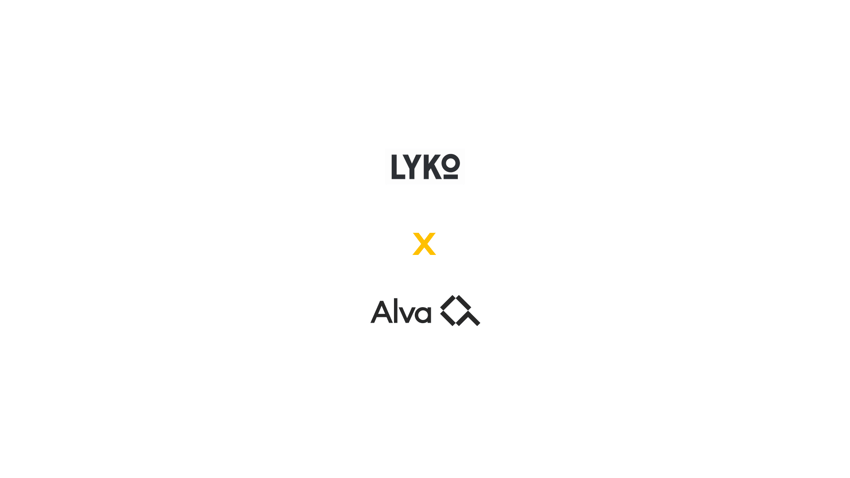The four main reasons for using interview scorecards
The primary goals of using a recruitment scorecard are:
- Ensure agreement across the interview panel about what comprises success before any candidates have been met
- Establish consistent and objective assessment of candidates across every hire in a business
- Allow candidates to know that the interview process is strategic and equitable
- Creating a uniform methodology to ensure open and constructive dialogue across HR and hiring managers
Additionally, using an interview scorecard allows the team of interviewers to have a guide to what answers are successful, which aren’t, how to score them - and when their own gut feeling might be skewering their judgement.
How to create an interview scorecard
In short, we’ve done it for you. Click here for your fully customisable interview evaluation form (remember: click ‘make a copy’, not ‘edit’).
Using an interview scorecard in your recruiting system
Once you’ve made your own copy of the scorecard, you need to think about the role you’re hiring for and define its purpose.
Ask yourself:
- Why are we hiring?
- What skills, behaviours and competencies do we need a successful candidate to have?
- Are there any learnings from the out-going staff that we should take on board?
- What information do we need to gather in this interview?
Starting from this perspective will inform the interview questions, making sure you are considering what the role needs, not what one perfect candidate could offer. (Need more help with building a powerful interview process? Get your Alva Guide to Conducting A Great Interview here!
Tip: Depending on your ATS provider, you can integrate interview data from scorecards, adding it to each candidate’s psychometric assessment results to build an overall picture of their performance.
Using the interview scorecard in the interview
Let candidate know that scorecards will be used in their interview. This might sound risky, but candidates are looking for transparency in how employers are tackling D&I; after using early-stage psychometric assessments, structuring your interview process is one of the most effective ways to reduce bias in the hiring process, as it allows you to, more objectively, assess every candidate against the same questions and answers.
Organisational psychology researchers at Lund University claim that differences in the kinds of questions posed to candidates can result in different types of information to be gathered, making it impossible to assess candidates horizontally.
Letting candidates know that the questions are pre-planned will assure them that
irrespective of background, age, ethnicity, gender or any other variable, every candidate is being asked questions that relate to the position.
Sharing this information also allows candidates to know that you may be taking notes as they speak, and that eye-contact will, therefore, be more limited. In this instance, it’s better to use pencil and paper, rather than laptops or tablets (if you're pushed for time, use an app to scan and upload your notes after the interview).
Immediately after the candidate has left, complete scores in the interview score sheet template. Do not wait until after the final candidate has left, as you won’t be able to remember every detail, and you risk conflating candidates.
Recruitment scorecards begin a dialogue about success before the interview
Interview panels usually comprise a combination of HR & Hiring Managers. HR bring their expertise of what makes a good hire, organisational targets and culture and, hopefully, what comprises potential. Hiring Managers bring sector expertise, team targets and knowledge of the existing team culture.
However, these different skill sets can create tension, especially if Hiring Managers, understandably, are using years of experience as an essential part of someone’s application.
By agreeing questions and answers ahead of the interview, HR and HMs should be able to iron out any gaps in knowledge or agreement before the interviews.
This allows for a smoother and quicker decision about which candidate(s) will proceed, and who isn’t moving forwards.
Scorecards help to channel gut feeling in interviews
85% of hiring managers admit to relying on gut feeling in interviews, and, why not? Hiring is risky, a bad hire can cost companies around 30% of the hire’s gross salary and, depending on your jurisdiction, can take many months to remove. So it’s understandable we want to reduce our risk when we’re hiring. Often, that means listening to that internal voice we call ‘gut feeling’.
When recruiters and hiring managers rely on ‘gut feeling’, what they’re really - and understandably - relying on, are signals that ‘prove’ someone is low-risk: have they worked at good places? Do I understand their qualifications? Do we have similar backgrounds?
These seemingly innocuous rubrics increase bias in our organisations, and limit the opportunities of women, People of Colour, or anyone not fortunate to have had good opportunities.
Structured interviews help to mitigate against bias and discrimination
And, even if your staff are busy with anti-bias courses, sadly, the chances are that they could be doing more harm that good, leaving people with an over-confidence that leads to a greater likelihood of discrimination.
Accepting that we carry bias and that we must build in systems and metrics to help us as we learn to reduce our bias is imperative. Using an interview notes template reinforces the importance of objective processes to remove bias.
Interview scorecards can improve hiring today and in the future
As recruiting is one of the many professions where ‘gut feeling’ can lead us to make incorrect assumptions, a scorecard in an interview allows us to collect data points on candidate’s answers.
Collating this information can allow HR leads to look at each Talent Acquisition and Hiring Manager's performance and decision making, allowing transparency and understanding about decisions; it can also allow teams to understand the patterns between what is seen at interview, and what plays out in reality.
By collecting data on your candidates during interviews, you’re helping everyone to learn which candidates are the most likely to succeed.
This is laying the groundwork for hires to be made with greater accuracy and less risk. Everyone wants to do well at work, so by bringing more information to the table, you are actively increasing everyone’s chance of success.
Feedback
When we use ratings and scorecards, we make it simple for HMs and TAs to provide candidates through an interview feedback template; you'll able to say "when we asked about how you'd managed a tricky situation with an unhappy customer, we were looking for an answer that gave detailed steps about how you owned and resolved the problem; your answer didn't provide that information".
Hiring is one of the most important jobs in any organisation; it’s the front line of deciding who gets to show up every day and help drive success. Every time a process is standardised, we allow the possibility for new candidates to enter and not be subjected to the biases and discriminations that keep so many out of skilled work. So, standardise, simplify and allow data to help you make hiring simple!
-
Want your own interview scorecard, ready formatted with prototype questions, layouts and formulas? Sure you do! Get yours now! 👇👇







